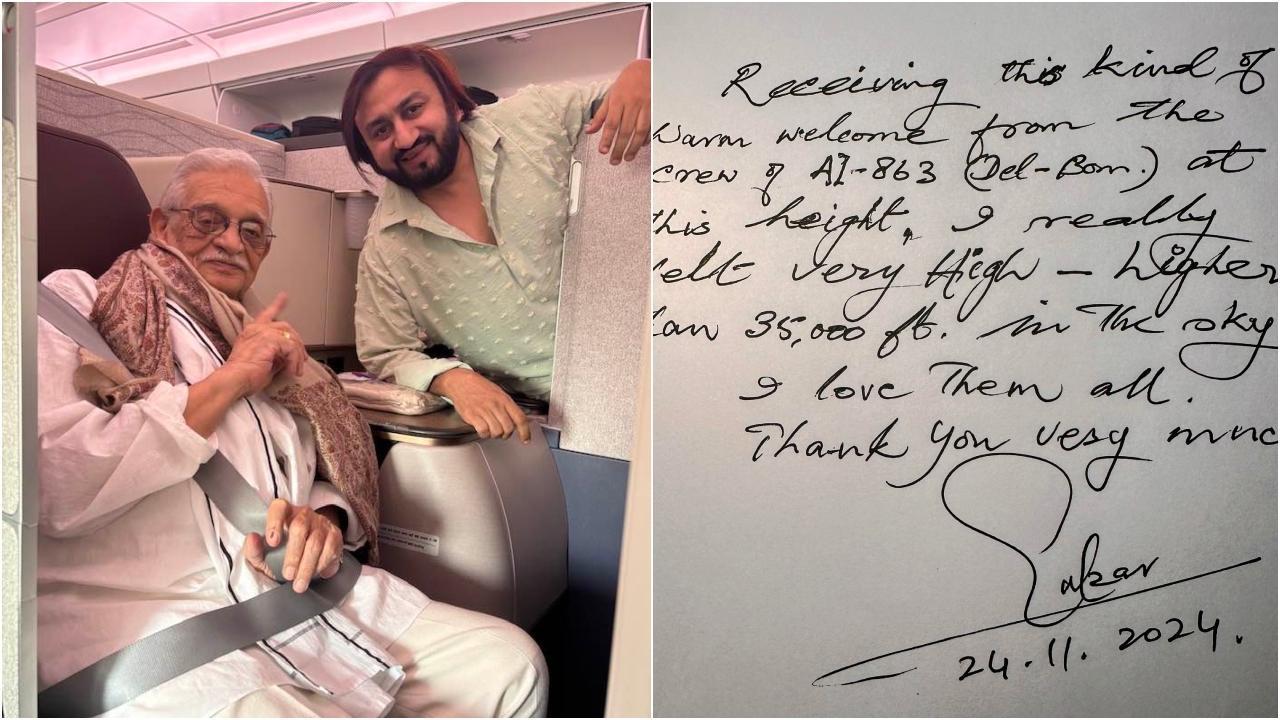
In a thrilling display of sheer dominance, Team India bulldozed Bangladesh into submission during the three-match T20 series, culminating in an enormous score that left fans in awe. The Indian side, showcasing a blend of experienced and emerging talent, clinched victory with an overwhelming performance, securing the second highest team score in T20 International history at the renowned Rajiv Gandhi International Cricket Stadium in Hyderabad. Sanju Samson emerged as the star of the show, achieving his maiden T20I century, while Suryakumar Yadav supported the innings with an impressive half-century. Completing India’s batting masterclass, Hardik Pandya and Riyan Parag provided sensational cameos, fueling India to an astonishing total of 297 runs on what seemed to be a batsman’s paradise.
Bangladesh, faced with the daunting task of a mammoth chase, managed to accrue only 164 runs in their innings, illustrating a stark contrast between the two teams’ performances. This lopsided encounter equated to a combined total of 461 runs, marking the clash as the second largest aggregate in T20 International history. The disparity in skill and execution was palpably evident, as Bangladesh struggled to cope with the formidable Indian onslaught.
Despite the captivating spectacle, questions surrounding the nature of contemporary T20 cricket resurfaced. South African spinner Tabraiz Shamsi took to social media platform X (formerly Twitter) to voice his curiosity regarding this evolving dynamic in the game’s shortest format. While acknowledging the undeniable skill of the Indian batsmen, Shamsi expressed a longing for a more balanced contest between bat and ball, hinting at the current one-sided tendency that favors batsmen.
“I’m sure this is loads of fun for the batters…. But is this kind of cricket fun for people to watch when there is no fair contest between the bat and ball? Genuinely curious,” Shamsi commented, prompting a debate on the efficacy of current playing conditions.
The South African bowler further elaborated, advocating for adjustments that could level the playing field.
. “There is no dispute about the skill level and quality of the Indian batters and yes we only judge the pitch once both teams have batted on it. But…. there has to be a balance between bat and ball in the contest. Bigger boundary sizes or more help for the bowlers in the pitch,” he suggested.
Shamsi’s remarks ignited discussions among cricket enthusiasts and experts alike. Many fans in India’s cricketing circles responded with images of the expansive boundary dimensions at Hyderabad’s stadium, reputedly one of the largest grounds in the nation, as per the Indian Premier League’s benchmarks. While acknowledging the wicket was indeed conducive to high-scoring games, supporters argued that Bangladesh too had their fair share of 20 overs to mount a similar assault on the same surface but fell significantly short by 133 runs. The inadequacies of the Bangladeshi performance could not solely be attributed to pitch conditions, they contended.
The dialogue coaxed by Shamsi’s musings brings to light a broader discussion on the nature of T20 cricket, a format known for its propensity for bat-heavy encounters. The pressure it places on bowlers, often turning them into mere cannon fodder against the relentless aggression of modern-day batsmen, has raised questions on the need for regulatory measures that might foster a more balanced competition.
This nuanced debate comes amidst a backdrop of fervent cricketing action, with India asserting their dominance in glorious fashion while discussions on potential recalibrations to the format seek to enhance the viewing experience. As the cricketing world continues to evolve, the quest for equilibrium in T20 cricket remains an intriguing challenge, one that beckons stakeholders to evaluate current norms in pursuit of a more holistic contest that retains its entertainment quotient while offering a genuine spectacle of competitive prowess.










